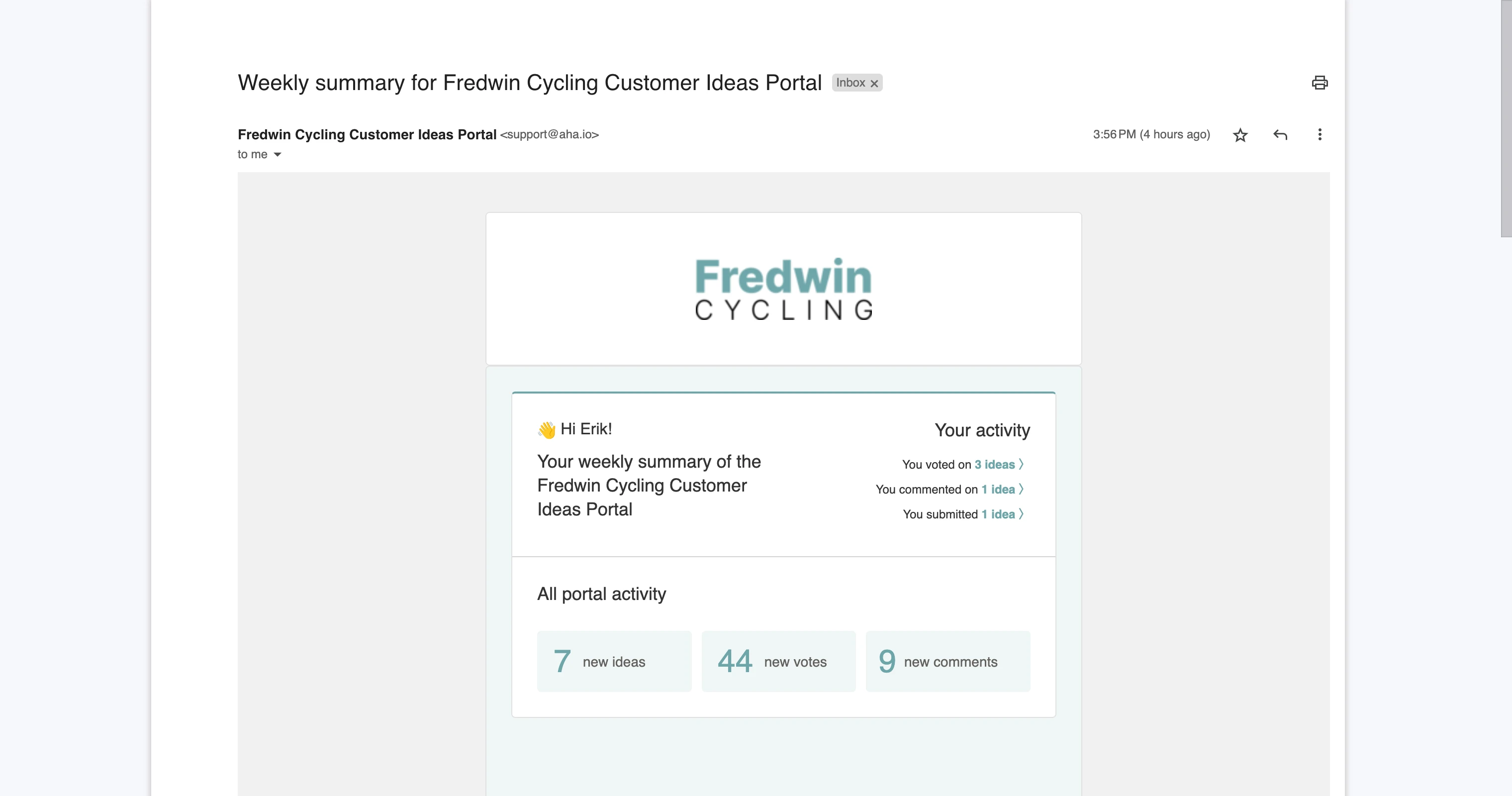
Thriving product teams recognize that breakthrough ideas are their "check" towards realizing the product vision. | Photo by Jodi B Photography
You Need To Trash "Good" Product Ideas
Ideas can be irritating. The very best ones percolate in the recesses of your brain like a headache. These are ideas that cannot be ignored, will not rest, and demand action. If you are fortunate then you have had the opportunity to bring such an idea to life — whether it was on your own or as part of a team. Either way, it is a rare experience.
For every great breakthrough that changes the paradigm, there are many more merely “good” product ideas.
Idea volume and traceability are two common issues. It is impossible to mine for gold when you do not know where to find it, which is why we invested in developing an end-to-end idea management tool early in the Aha! software journey. Product teams having one place to collect, review, and prioritize ideas is huge from a tactical standpoint. It also makes it possible to know what customer requests are actually worth if you integrate your idea management process with Salesforce or another CRM tool.
But lately I have been thinking about more esoteric aspects of ideation. How do you know if something is truly a breakthrough idea that will give your product structural advantages? How do you avoid choosing safe and comfortable ideas? How do you escape groupthink? How do you ensure the team does not conflate deciding on something with deciding on something great?
Creating anything new is a risk, leaving no room for waste. I say: You need to trash “good” product ideas.
The product teams that I have seen be most successful are the ones who approach ideation as critical to achieving the product vision. The team at Aha! is in the weeds of this daily, especially as we balance improving a mature product like Aha! Roadmaps with a rapidly evolving new product like Aha! Notebooks.
Finding the sweet spot of usefulness and newness is an ongoing effort. Our team's ideation sessions are highly focused and the expectation is that everything can be made better. Here is how we do it:
Clash with kindness
Critique stimulates ideation. This is not about shutting people down. Critique done well means that everyone is operating from a baseline respect for each other’s skills and shared enthusiasm to solve a goal. Product managers can leverage the power of different perspectives by channeling positive criticism that is focused on customers. No one ever says “your idea will not work” but something more like “how will X benefit our users?” Leads jot down the highlights in our meeting notes so folks can refer back to it later.
Doubt the answers
Wonder strengthens ideation. Be curious about why folks are suggesting a specific direction or reacting in a positive or negative way. (This is especially important if the idea is your own.) If someone has a contrasting view, consider that there might be another more powerful idea hovering at the intersection. We usually reserve a section on our whiteboards for these “hybrid” ideas.
Push for more
Ambition elevates ideation. After you have clashed and questioned an approach, you might be tempted to see it as ready. You all like it! But “like” is not the same as love for your customers. Do not take a given direction as it is — poke holes in your assumptions and push for an even better version. (We use the last column in this brainstorming template to capture improvements.)
It takes bravery and vigilance to hold yourself and your team accountable for making every idea count.
Striving for effective ideation early on in the product development process sets you on the right path. I am always inspired by the product managers at Aha! who can guide folks towards constructive or positive criticism to find even better solutions.
Force yourself to think about what you are doing and why. Keep seeking answers to esoteric questions. Never settle for what looks like the first good idea — or even the second.
Reimagine the way you build software. Explore the Aha! software suite with a free trial.




